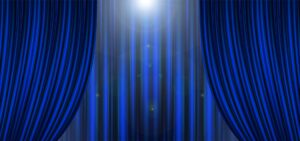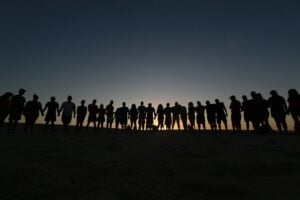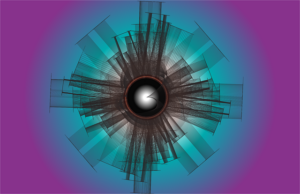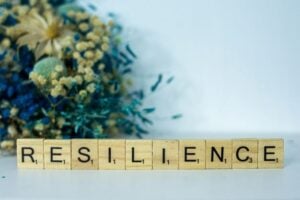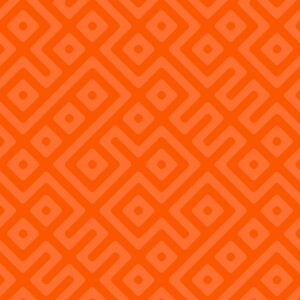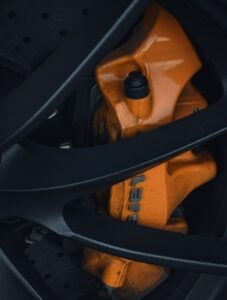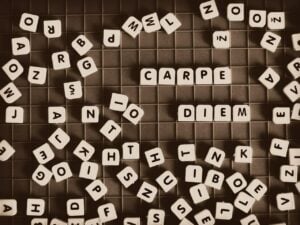That question can be traced back to Juan Araya from a conversation we had when he was with Uber, #712 on the Forbes Global 2000. After a stop at Stryker (#403), he’s now with Merck (#87), so he has been affecting change at progressively larger organizations over the past half decade.
Araya’s success is perhaps due to another thought he had in that same conversation, “communicate the purpose of what you are trying to accomplish. And have a good [interdependent] strategy around it.”
During the High Renaissance, Michelangelo was aided by his talent and a rather popular text to create his masterpiece. The tools he employed were simple, brushes and paint…and likely some scaffolding.
As we make our way through a post-pandemic renaissance, the modern enterprise contains talent and the drive to deliver for a market. But the tools that can be employed to create a transformed organization are vast.
This conceptually dovetails into a recent conversation with a contemporary Michael, Visa’s Michael Nevski who noted that, “habits, preferences and tastes have changed along with how people operate.”
For the insights discipline this new period featuring “a balance of a partial return to old habits [infused with] new behaviors,” necessitates an explicit, “focus on what matters.”
That focus includes the, “use of foresights tools to understand behavior and predict what’s next,” to, “be proactive and create projects in new environments like Web3,” and to “provide substance in new environments for external use case insights.”
Join Michael at the June Monthly Meeting
Nevski also notes that “hybrid research is upon us,” as organizations must now adapt to the current period in order to survive. His supplemental advice includes to, “be actionable, have a playbook, execute and have a contingency plan,” to, “integrate with value chain partners and benefit from their expertise,” and ultimately to, “listen, be open, fluid and expect the unexpected.”
Again, all of that advice should be employed to simply survive. To operate in the second fifth of the 21st century, both executives seem to hone in on the fact that of all of the tools available, collaboration with a focus on purpose is paramount. With an indisputable focus on purpose, it took Michaelangelo four years to ‘solve’ the Sistine Chapel ceiling. He (again, reportedly) did not collaborate. But that was one person, solving for only a part of one defined reality at a moment in history where things didn’t change much over a four year span.
In our most recent four years, we’ve had a global pandemic, erratic global economic fluctuations, expansive global enterprise DEI and climate change initiatives, explosive global elections and a land war in Europe to name a few. That’s a lot for global society let alone corporate enterprise to digest. One person isn’t going to be able to address and/or solve the resulting reality.
Join Michael at the June Monthly Meeting
Nevski suggests that this “new [period] provides an opportunity to collaborate and innovate” and that it is mandatory to, “understand what your product is solving.”
Which brings us back to another point by Araya who implores organizations to ask the questions, “what is the vision of our company? How can we deliver for customers? How do we want to scale?”, and ultimately, “what do we want this painting to look like when we’re done?”
Contributors
-
-
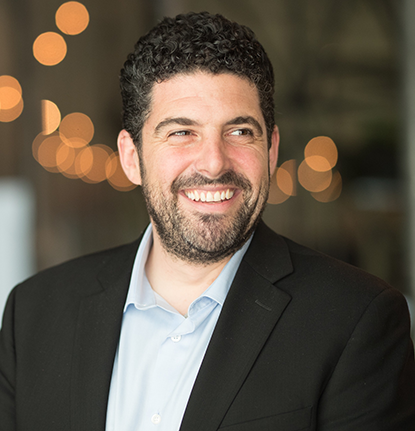
Seth Adler heads up All Things Insights & All Things Innovation. He has spent his career bringing people together around content. He has a dynamic background producing events, podcasts, video, and the written word.
View all posts



















































